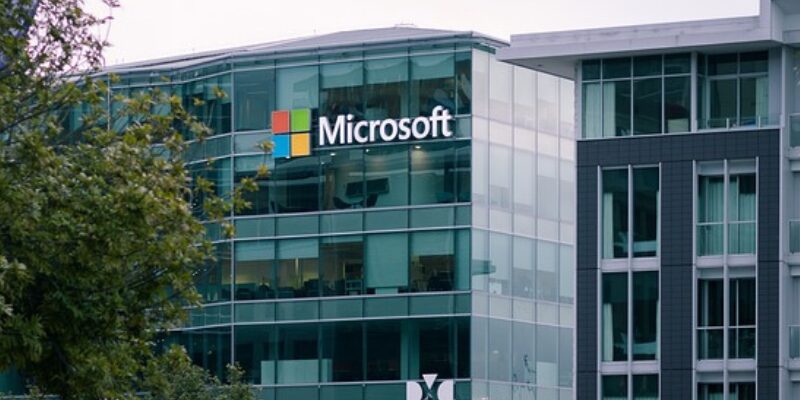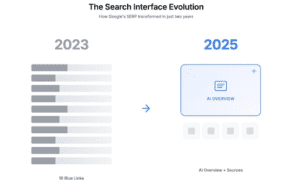Microsoft shares dropped 6.2% after issuing weak current-quarter guidance after the bell Wednesday.
TakeAway Points:
- Microsoft’s stock fell 6.2% following the release of subpar current-quarter forecasts.
- Wall Street’s fiscal second-quarter projections were exceeded by the software giant, which reported earnings of $3.23 per share on $69.63 billion in revenue.
- The drop coincided with Microsoft’s finance director Amy Hood’s statement that the company anticipates current quarter revenues to be lower than analysts’ projections.
Stock decline
The software giant topped Wall Street’s fiscal second-quarter estimates, posting earnings of $3.23 per share on $69.63 billion in revenue. That surpassed the earnings per share of $3.11 and $68.78 billion in revenue forecast by analysts polled by LSEG. Shares registered their worst day since October 2022.
The decline came as Microsoft finance chief Amy Hood said the company expects revenues for the current quarter to range between $67.7 billion and $68.7 billion, falling short of the $69.78 billion, per LSEG. Revenue grew 12.3% year over year, the slowest growth since the middle of 2023.
Microsoft also posted a slowdown in growth in its Azure and other cloud services revenues. The segment was up 31%, down from 33% in the prior quarter.
Market Analysis
Many Wall Street analysts stood by the technology behemoth despite the disappointing guide and Azure slowdown. Goldman Sachs analyst Kash Rangan called the company “well-positioned” to continue benefiting from artificial intelligence adoption and among the “most compelling investment opportunities” in the industry.
“Microsoft has proven they can drive a cloud business, and now they have shown they can drive the largest AI business via a combination of high-quality Gen AI inferencing and Gen AI apps,” wrote Bernstein’s Mark Moerdler, adding that management needs to pivot toward the core Azure business independent of AI.
Microsoft shares slipped 2% on Monday as investors considered the implications of AI models from DeepSeek, a Chinese lab. DeepSeek in December introduced an open-source model that the lab said it trained for $5.6 million, excluding costs of data and earlier research. That would make it more efficient than models from major U.S. companies. And last week, DeepSeek said its newest model, R1, outperformed OpenAI’s in some tests.
DeepSeek’s R1 model is now available through Microsoft’s Azure AI Foundry and through GitHub, and it will soon be available to run on Copilot+ PCs, Nadella said on the call.
“AI scaling laws are continuing to compound across both pre-training and inference-time compute,” he said. “We ourselves have been seeing significant efficiency gains in both training and inference for years now. On inference, we have typically seen more than 2X price-performance gain for every hardware generation, and more than 10X for every model generation due to software optimizations.”
The company reported $15.80 billion in fiscal second-quarter capital expenditures, excluding finance leases. The consensus among analysts polled by Visible Alpha was $15.70 billion.
Capital expenditures should be similar in the fiscal third quarter and again in the fourth quarter, Hood said. And in the 2026 fiscal year, capital spending growth should be slower than in the current fiscal year.
“The mix of spend will begin to shift back to short-lived assets, which are more correlated to revenue growth,” Hood said. On Jan. 21, Microsoft was absent from a White House press conference for the Stargate AI infrastructure project involving OpenAI that could attract up to $500 billion in investment.
Before the earnings release, Microsoft shares were up 5% so far in 2025, while the S&P 500 index had gained about 3% in the same period.



































